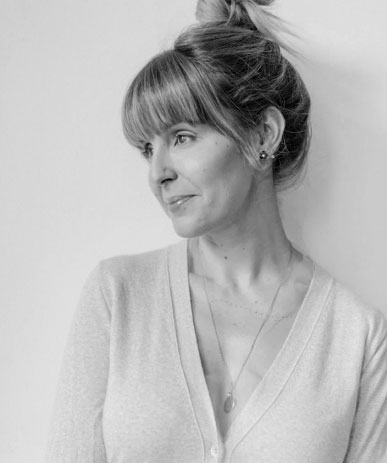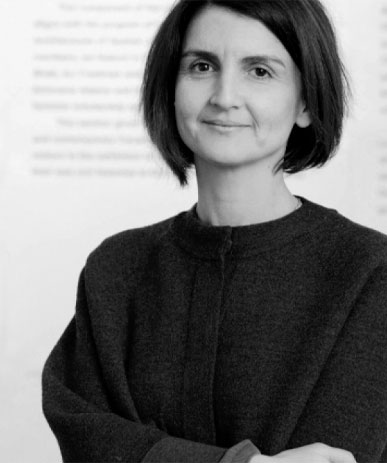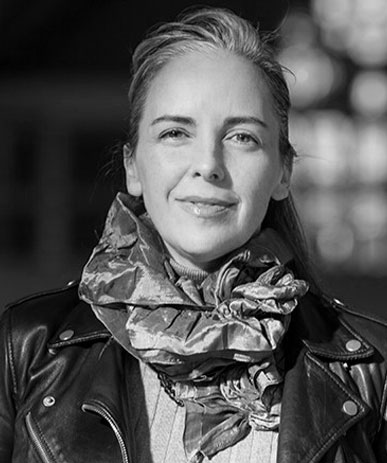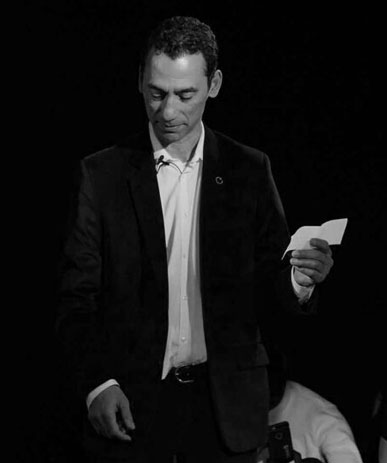Études de cas
Justice réparatrice
* For image references, please scroll to the bottom of the page.
Author of case study: Marcela Torres Molano
Geopolitical location of space:
Teatro Faenza, Calle 22
Bogotá, Cundinamarca
Extant? Yes
Architect:
Architect: Arturo Tapia
Engineer: Jorge Muñoz
Inaugurated on April 3, 1924.
23 November 2019
The Black Market for Useful Knowledge and Non-Knowledge (“Mercado clandestino de conocimiento y no-conocimiento útil”) was a listening event of the Truth and Reconciliation Commission in cooperation with the Mobile Academy Berlin. It was supported by the German Colombian Peace Institute (CAPAZ) and the Central Bank of Colombia. The event was an encounter of 60 experts such as activists, politicians, scientists, ex-combatants and artists from different parts of the country.
The topic of the event “Water and Conflict” was established by the Commission as a response to how “In Colombia, the rivers and the bodies of water are cemeteries for countless victims, strategic territories for combat, and contaminated places. But they are also sites of memory, life, sustenance and resistance.”
No, official encounters between victims and perpetrators did not take place in this event, however this was an initiative of the Truth and Reconciliation Commission to allow the dialogue between civil society and experts such as activists and ex-combatants.
Yes, the whole event was designed with the main purpose of allowing one to one conversations and group listening from the public. The use of the acoustic of the space and audio technologies allowed the implementation of two rounds of 66 simultaneous conversations. The dialogues could be held in five different languages, including Ticuna, a traditional Indigenous language. While the participants were having one to one conversations, the public was invited to listen to some of the conversations through a headphone system, and to read the transcripts on screens located around the theatre. The conversations between experts and individuals were intended to be informal, direct and to avoid type of hierarchical order.
Experts such as activists, politicians, scientists, ex-combatants and artists from different parts of the country and general public.
This event took place in a private restored theatre that belongs to the Central University, a private education institution in Bogotá.
A very important political aspect of this event was the day of the event, enormous community mobilisations against the brutality of police and the lack of interest of the government with the peace agreement gathered across Bogotá and Colombia. During the event, the doors of the theatre had to be closed on many occasions because of safety reasons.
The Faenza Theatre is an art nouveau architecture building that opened its doors in 1924. It was initially used for musical performances and became a cinema theatre for independent films in 1948. In 1975, it became part of the National Heritage buildings of Colombia and it was later transformed into a low budget porn film theatre. The Faenza was empty from 1980 until 2004, and was renovated in 2005 by the Central University.
The theatre has a rectangular shape of 21 meters wide by 45 meters long with a capacity of 1000 spectators. It is a multipurpose room that allows the transformation of the space depending on the required use. It is now used for social or academic purposes. For the Listening event, there were specific spatial elements that made the conversations and the listening possible: first, there was a clear disposition of the space, where conversations were happening in the middle, while the public was seated around this central space. Second, the use of tables for two people allowed the conversations to happen on an informal level and avoided any type of hierarchy between the experts and the non-experts. Third, the use of warm lighting and sounds as time counting mechanisms allowed the organisation of the event without causing disruption to the conversations. Although the theatre is considerably big and formal, through the spatial distribution and the aesthetics of the event, the place became a welcoming and warm space.
According to the participants of the event, the atmosphere of the space, the spatial disposition and the opportunity for one to one dialogues, allowed to generate a feeling of confidence and safety between the interlocutors. One important element of this event was the possibility of whispering as a means of communication that created a deeper human connection.
Moreover, the possibility of moving the conversation throughout the space by using screens and headphone mechanisms, allowed all the participants to be indirectly involved in most of the conversations. The experience of participants became the main element for creating a welcoming and safe atmosphere for listening.
One important aspect of the event was that it took place in a very contested area of the city, where large protests against the government were taking place on the same exact day. The protests that started on November 21, 2020, and lasted for weeks, were one of the biggest community mobilisations against the brutality of police and the lack of interest of the government in the implementation of the peace agreement.

est auteure, conférencière, chroniqueuse et podcasteuse dans les domaines de l'architecture et des arts décoratifs. Elle termine sa maîtrise en histoire de l'art à l'Université Concordia, à Montréal, et détient un baccalauréat en commerce avec une majeure en marketing de la John Molson School of Business. Elle a étudié la psychologie industrielle à Los Angeles, en Californie. Sicotte est l'auteure de deux ouvrages publiés sur le design (2015, 2018) aux éditions Cardinal.

est candidate colombienne au doctorat au Département d'histoire de l'art de l'Université Concordia. Elle a une formation en design architectural et en activisme communautaire et détient une maîtrise en bâtiment et design urbain de la Bartlett School of Architecture à Londres, en Angleterre. Ses intérêts se concentrent sur l'art socialement engagé, les mouvements sociaux, l'activisme collaboratif dans des scénarios post-conflit, l'art produit collectivement et l'art produit en relation avec le cadre bâti.

est candidat au doctorat en sciences humaines à l'Université Concordia. Ses recherches portent sur l'agentivité spatiale, l'esthétique sociale, les récits des jeunes et les représentations graphiques de la mémoire urbaine. Il a publié sur la relation entre les enfants, le jeu et l'espace public à Carthagène, en Colombie. Il a également travaillé comme éditeur sur des projets littéraires, dont Territorio Fértil, qui a reçu le prix María Nelly Murillo Hinestroza pour la littérature afro-colombienne.

est professeure agrégé et Chaire de recherche du Canada en architectures de justice spatiale (niveau 2) à l'École d'architecture Peter Guo-hua Fu de l'Université McGill, Montréal, Québec, Canada. Ses intérêts de recherche comprennent le logement à loyer modique et le design participatif, la protestation civile et le design urbain, ainsi que les paysages des campus et la race. Ses publications incluent le livre co-édité, Orienting Istanbul (2010) et le livre (auteure unique), Istanbul Open City (2018).

est artiste et professeure d'histoire de l'art à l'Université Concordia. Ses travaux portent sur les femmes et l'histoire du cadre bâti, les paysages urbains, la recherche-création et l'histoire orale. Elle a publié sur l'histoire spatiale du mouvement pour le suffrage des femmes, l'art public, les jardins et les politiques du changement urbain. En plus de ses recherches sur les espaces de justice réparatrice et transitionnelle, elle dirige un projet d'histoire orale sur les mémoires urbaines des montréalais et montréalaises.

est un ancien titulaire de la Chaire de recherche du Canada en interprétation de l'histoire orale (2016-2021). Il est professeur agrégé au Département de théâtre de l'Université Concordia et codirecteur du Centre d’histoire orale et de récits numérisés (CHORN) de Concordia. Sa subvention de la Fondation canadienne pour l'innovation en infrastructure lui a permis de créer le Laboratoire d'écoute active (ALLab) en 2018. Basé au CHORN, l'ALLab est un centre de recherche-création de premier plan pour le pouvoir transformateur de l'écoute.